Stephen Au
Stephen Au
Former Senior Content Contributor
472 Published Articles
Countries Visited: 24U.S. States Visited: 22
Stephen is an established voice in the credit card space, with over 70 to his name. His work has been in publications like The Washington Post, and his Au Points and Awards Consulting Services is used...
Edited by: Kellie Jez
Kellie Jez
Director of Operations
6 Published Articles 1254 Edited Articles
Countries Visited: 10U.S. States Visited: 20
Kellie’s professional experience has led her to a deep passion for compliance, data reporting, and process improvement. Kellie’s learned the ins and outs of the points and miles world and leads UP’s c...
![The Ultimate Guide on Where to Credit Your Airline Miles [Maximize Your Earnings]](https://upgradedpoints.com/wp-content/uploads/2019/07/Airplane-streak-scaled.jpg?auto=webp&disable=upscale&width=1200)
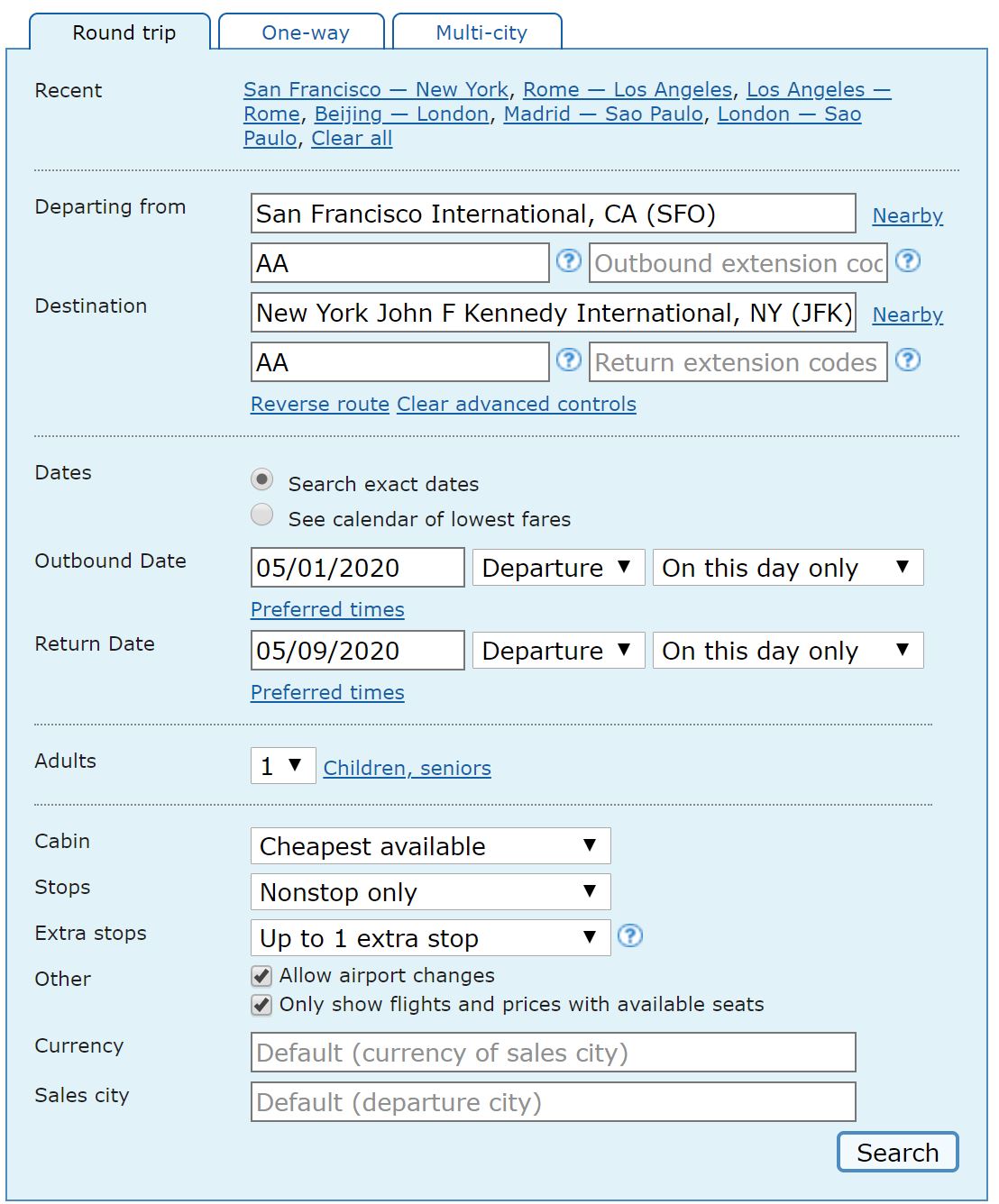
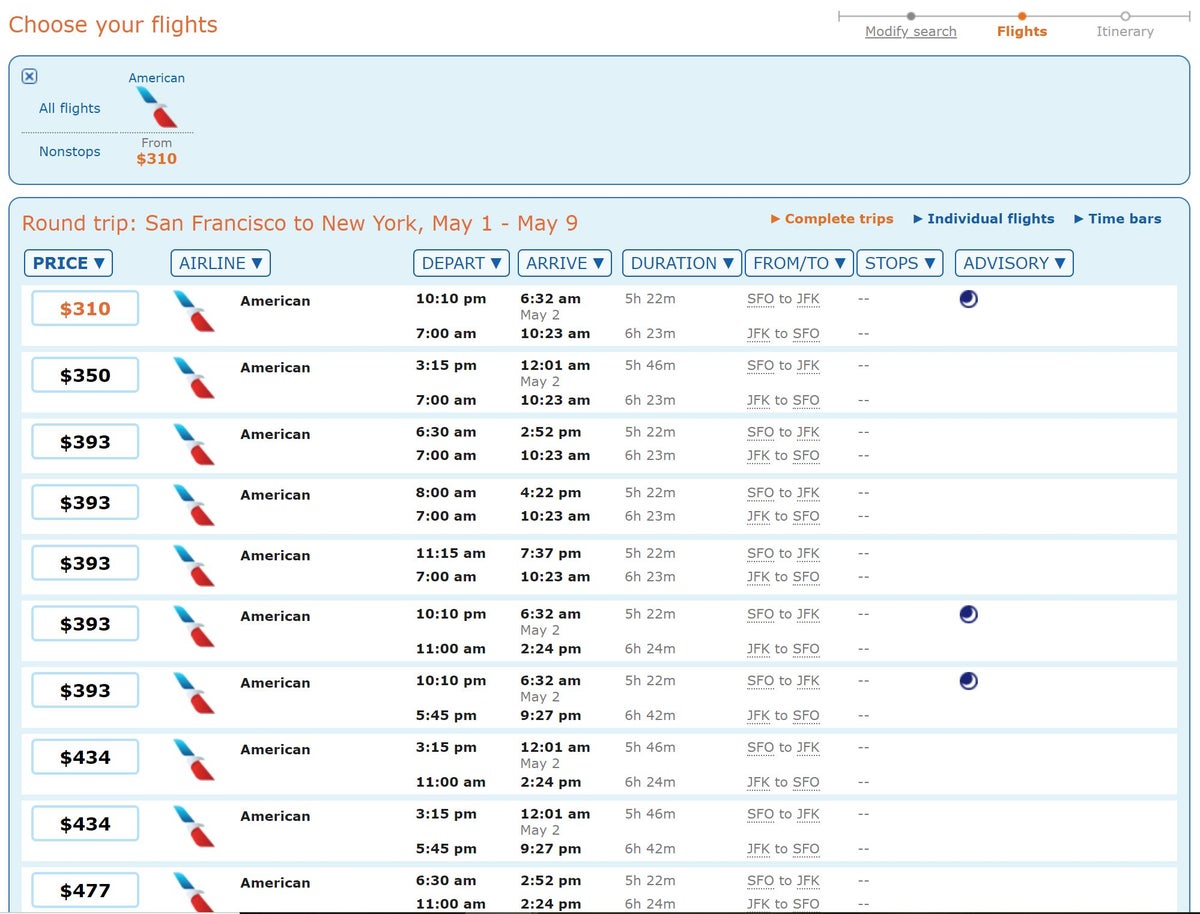
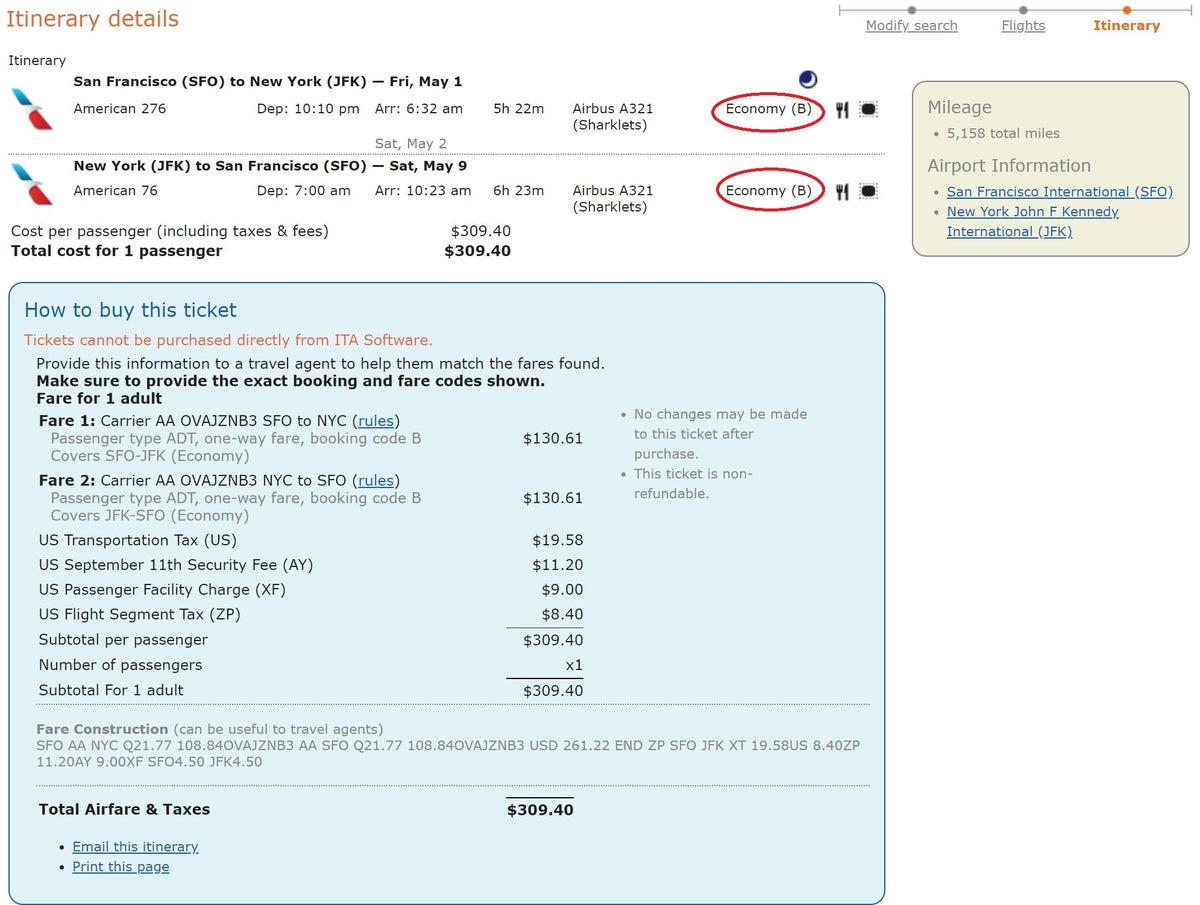
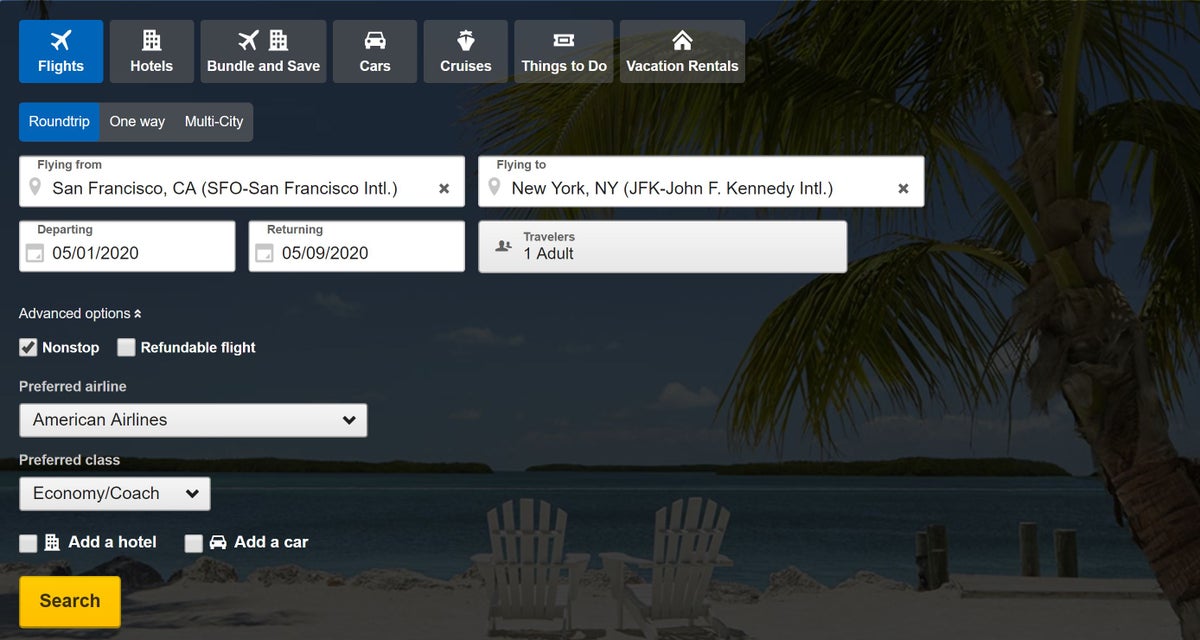

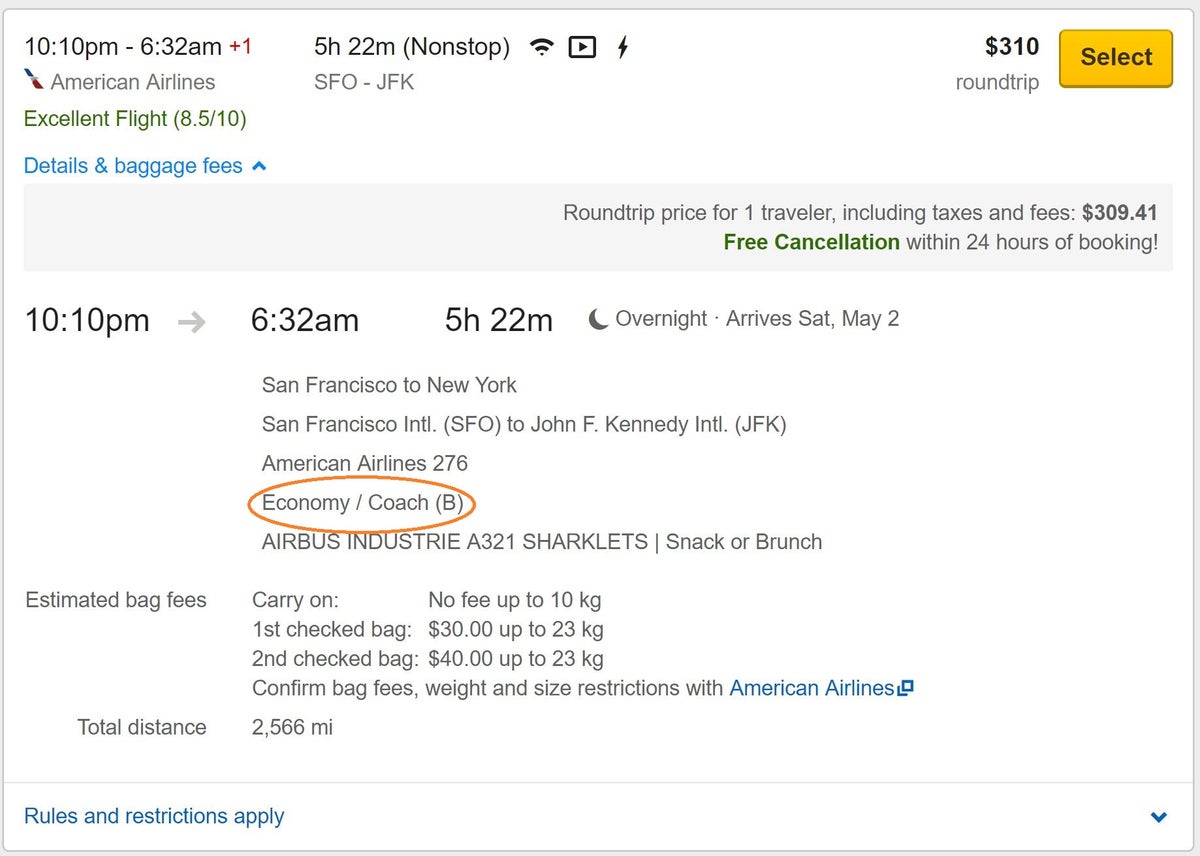
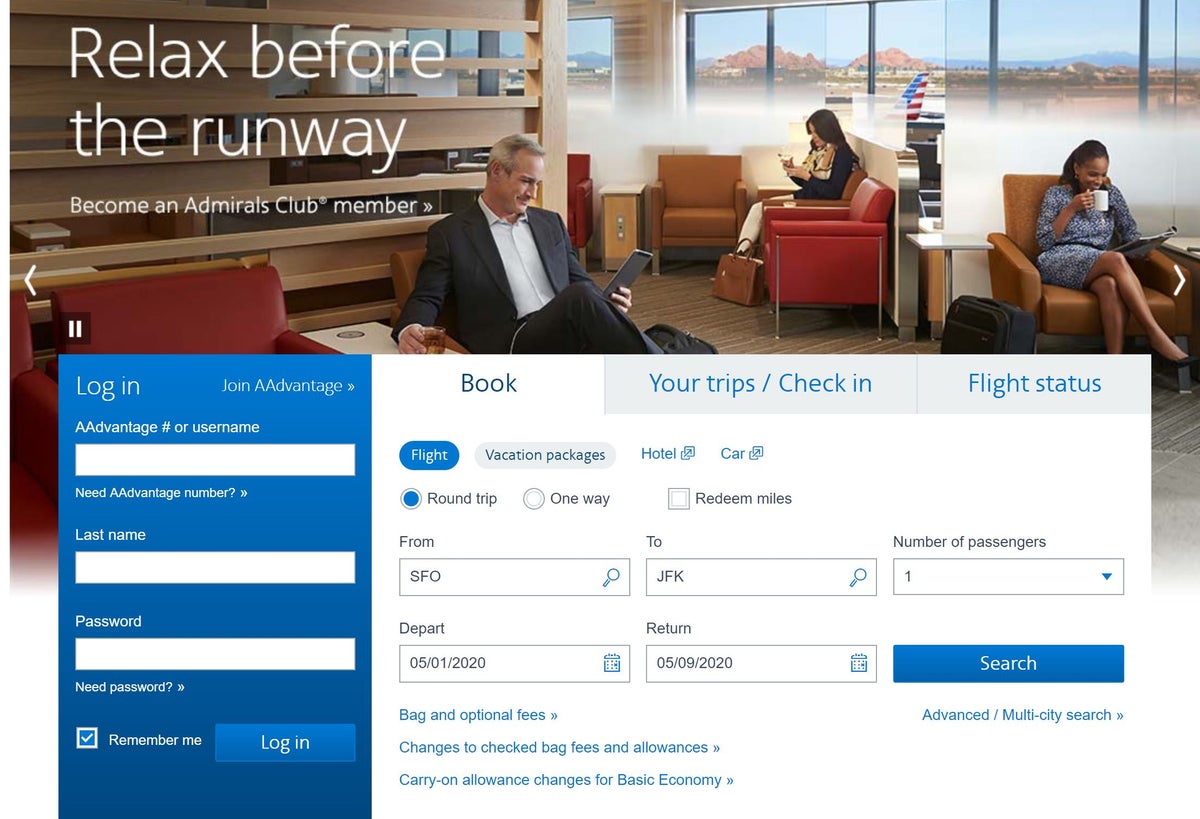

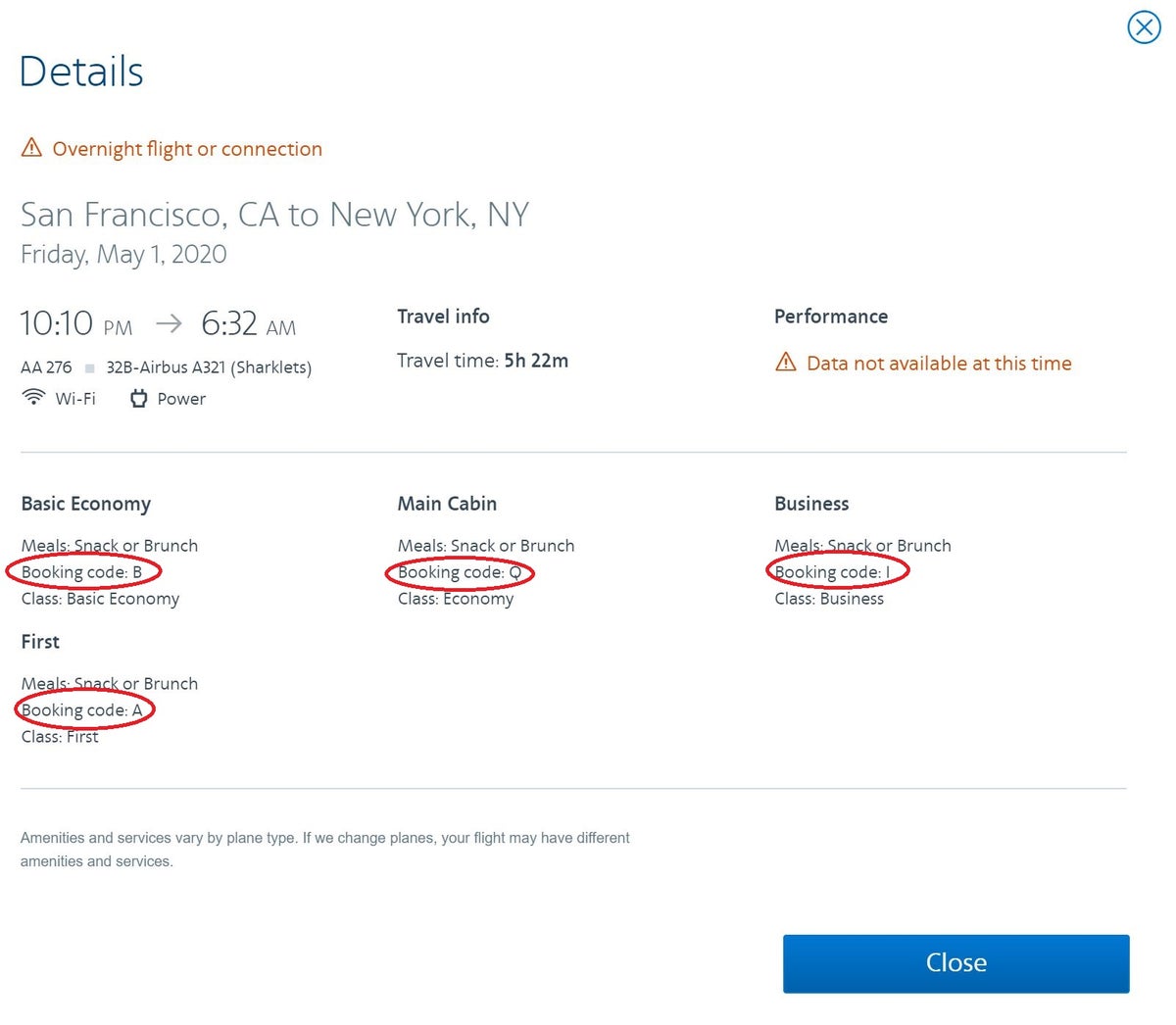
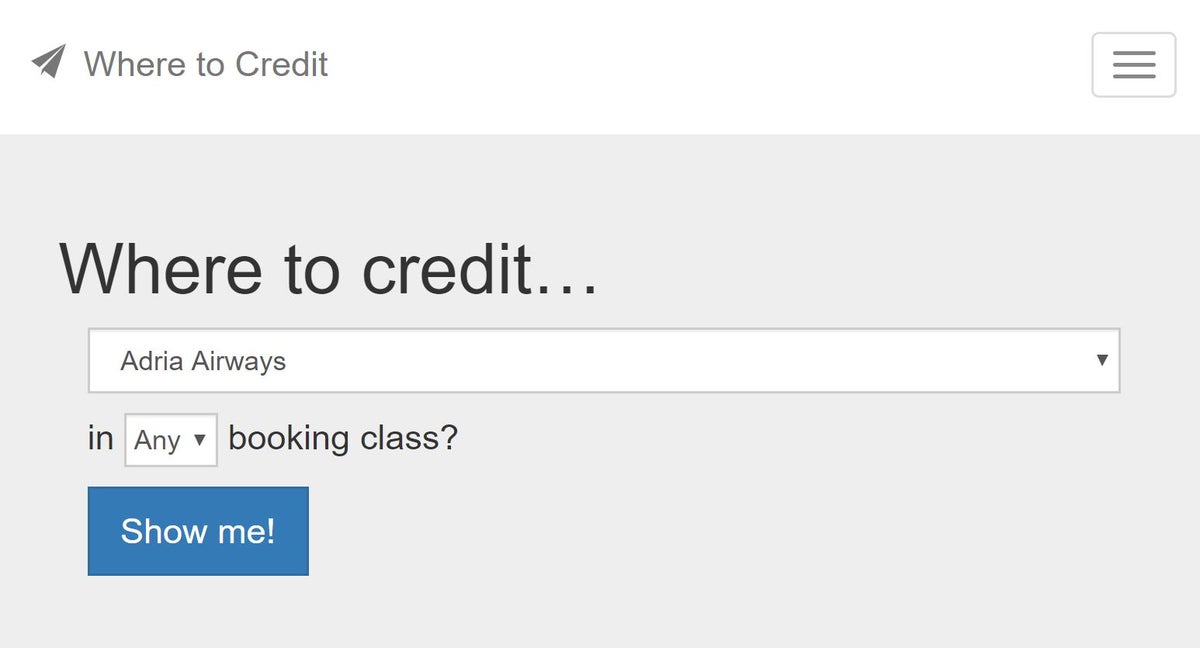
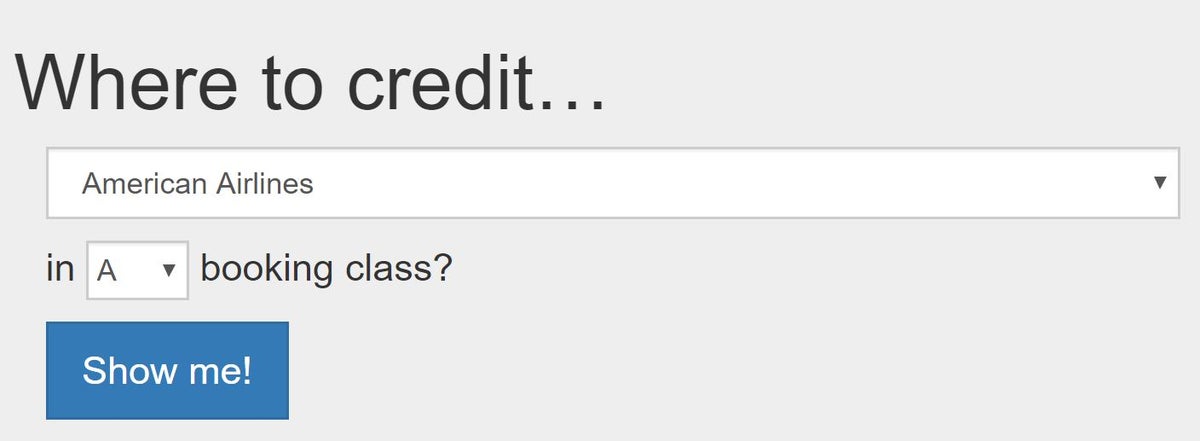
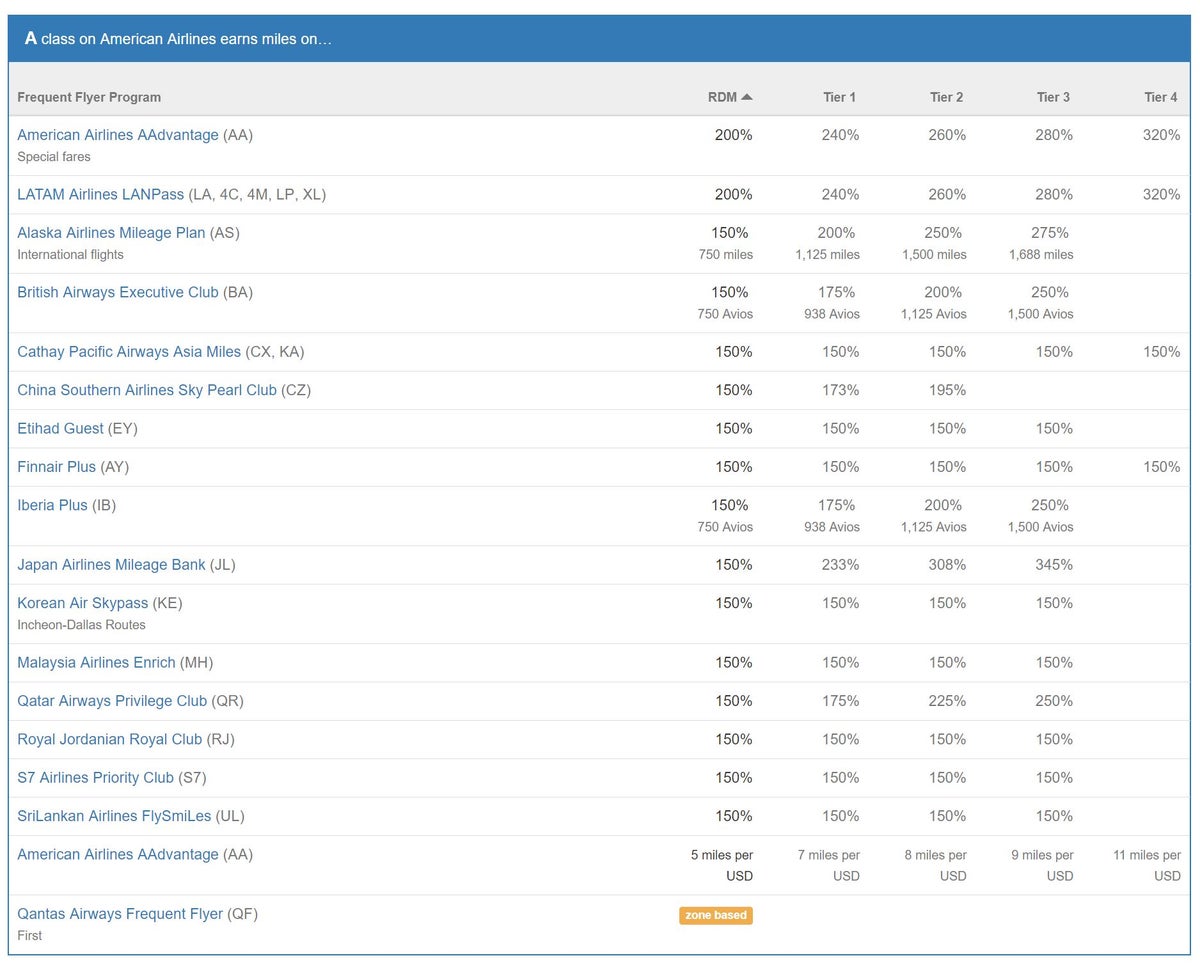
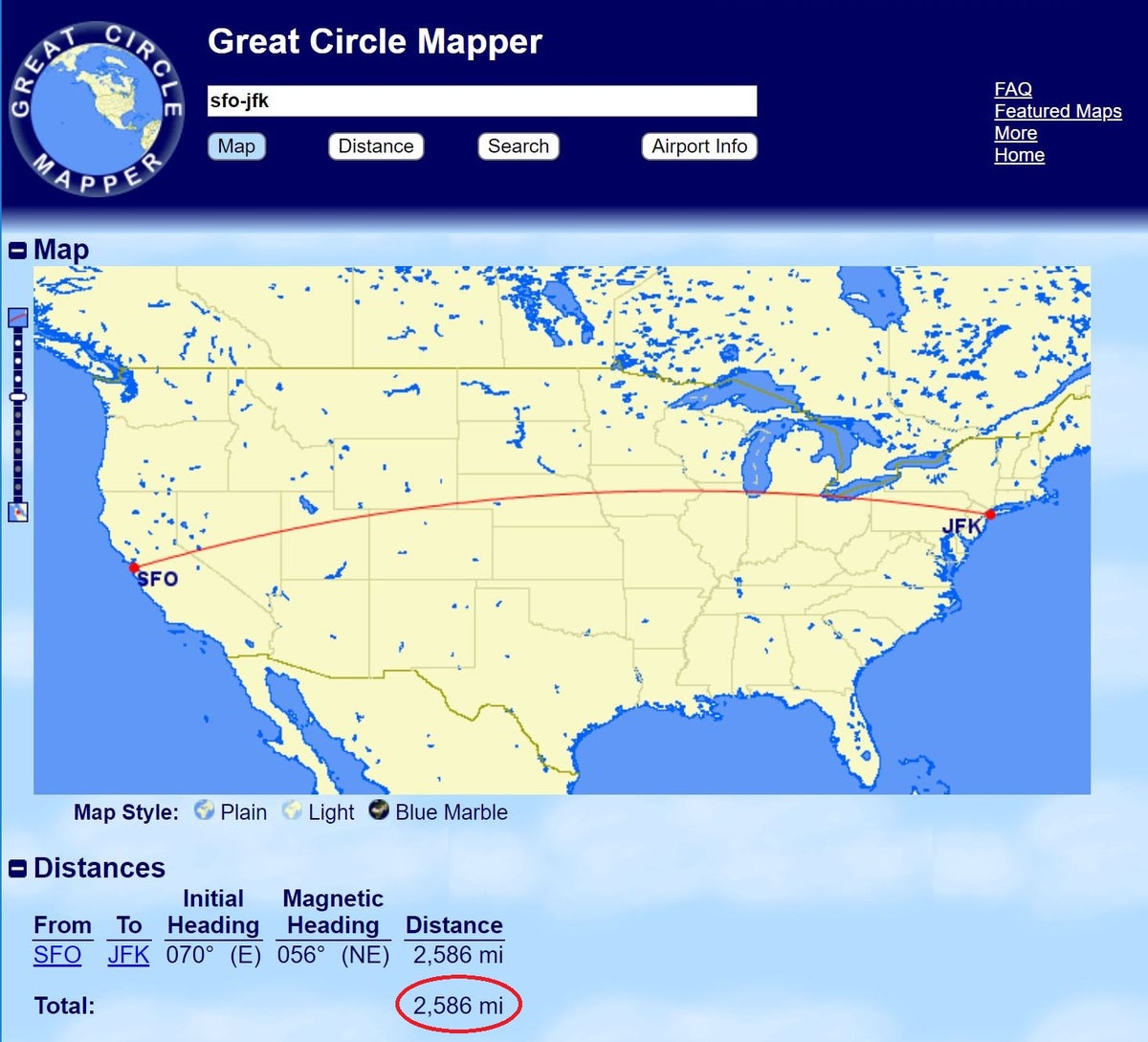
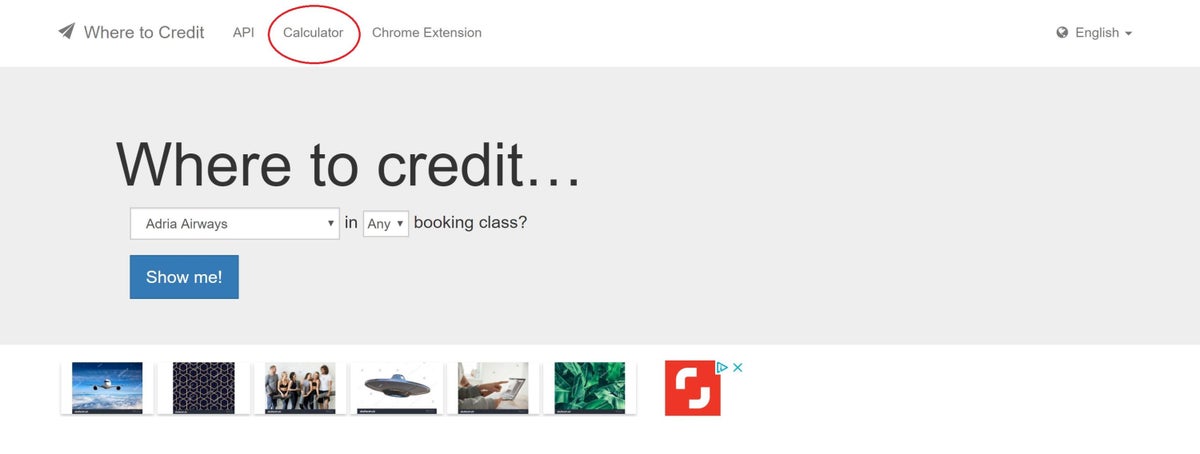

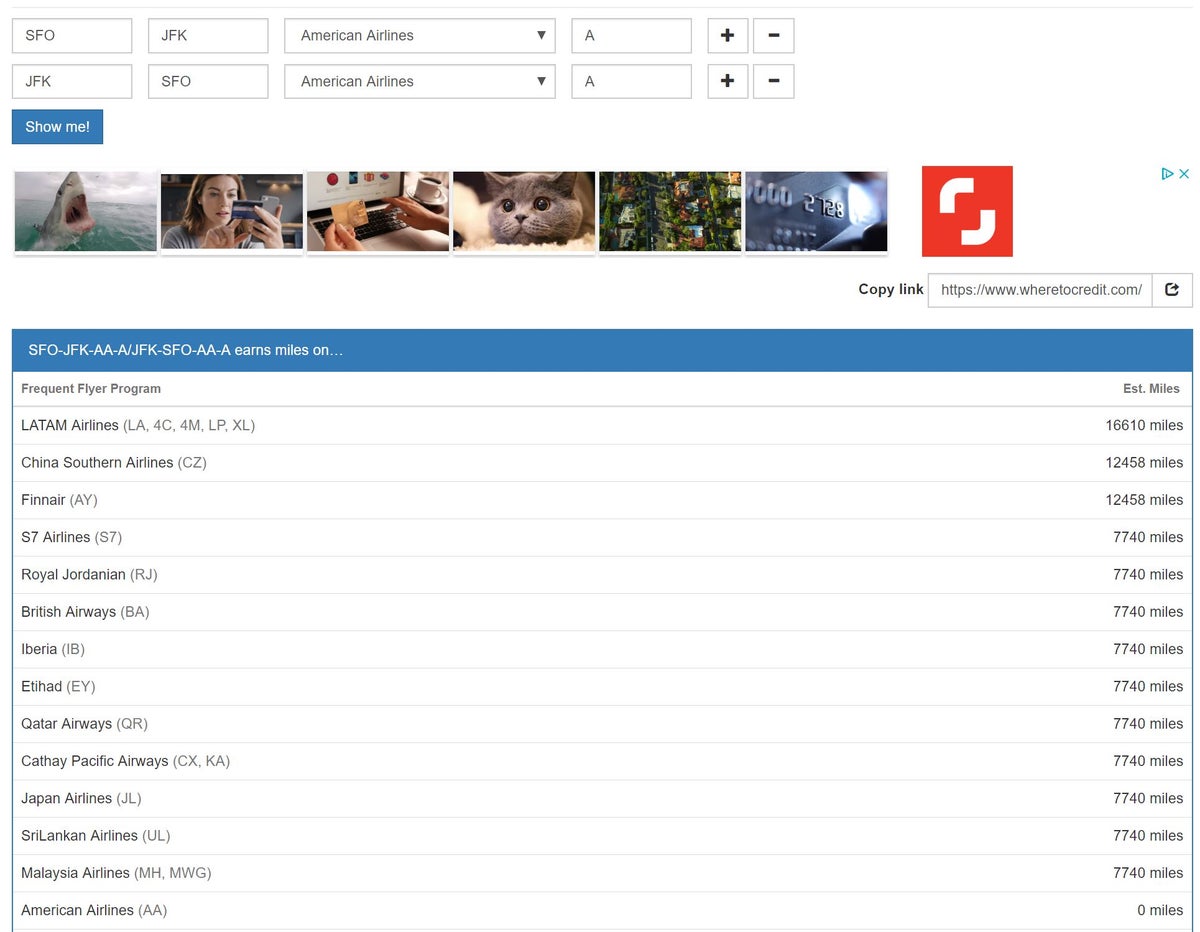
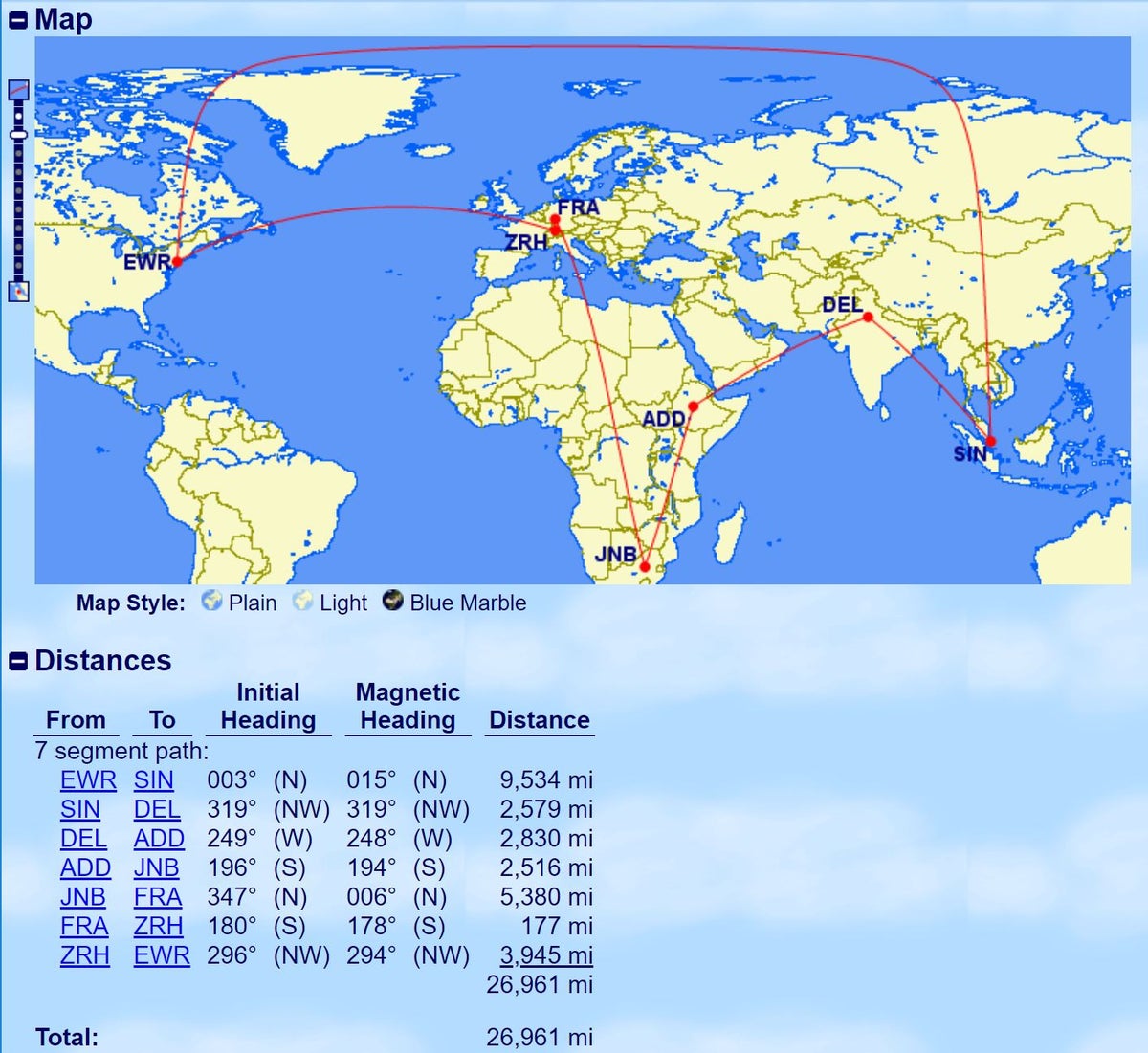
![7 Best Ways To Earn Lots of Asiana Airlines Asiana Club Miles [2025]](https://upgradedpoints.com/wp-content/uploads/2018/06/AdobeStock_343714198_Editorial_Use_Only.jpeg?auto=webp&disable=upscale&width=1200)
![21 Best Ways To Earn Lots of Air Canada Aeroplan Points [2025]](https://upgradedpoints.com/wp-content/uploads/2022/11/An-AIr-Canada-Boeing-777-at-Toronto-Pearson-Airport.jpeg?auto=webp&disable=upscale&width=1200)
![14 Best Ways To Earn Lots of Lufthansa Miles & More Miles [2025]](https://upgradedpoints.com/wp-content/uploads/2017/03/20221016_787_BRE_008.jpg?auto=webp&disable=upscale&width=1200)
![14 Best Ways To Earn Lots More ANA Mileage Club Miles [2025]](https://upgradedpoints.com/wp-content/uploads/2023/02/ANA-Business-Class.jpg?auto=webp&disable=upscale&width=1200)